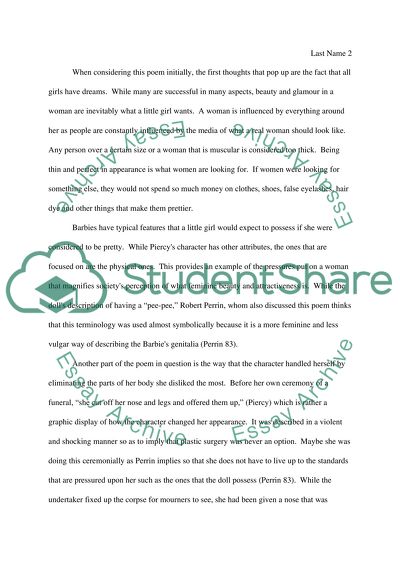Cite this document
(“Marge Piercy's Barbie Doll as an Accurate Response to Gender Roles Research Paper”, n.d.)
Retrieved from https://studentshare.org/gender-sexual-studies/1397973-marge-piercy-s-barbie-doll-as-an-accurate-response
Retrieved from https://studentshare.org/gender-sexual-studies/1397973-marge-piercy-s-barbie-doll-as-an-accurate-response
(Marge Piercy'S Barbie Doll As an Accurate Response to Gender Roles Research Paper)
https://studentshare.org/gender-sexual-studies/1397973-marge-piercy-s-barbie-doll-as-an-accurate-response.
https://studentshare.org/gender-sexual-studies/1397973-marge-piercy-s-barbie-doll-as-an-accurate-response.
“Marge Piercy'S Barbie Doll As an Accurate Response to Gender Roles Research Paper”, n.d. https://studentshare.org/gender-sexual-studies/1397973-marge-piercy-s-barbie-doll-as-an-accurate-response.


